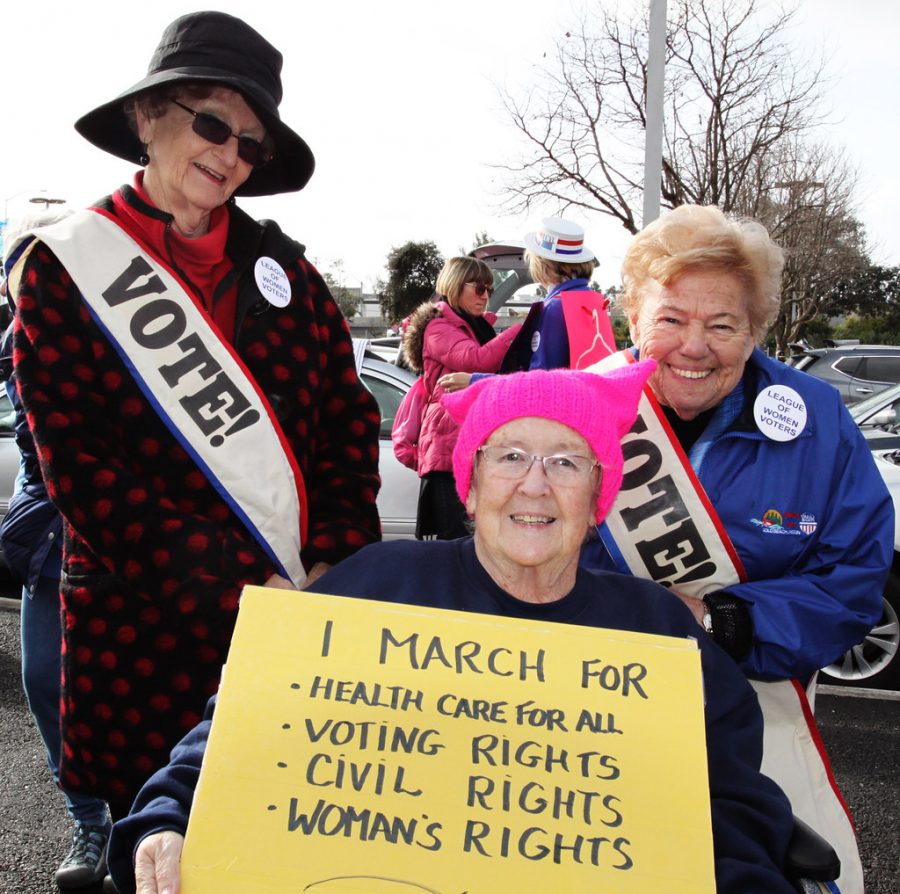OPINION: Catcalling and street harassment remains a problem for many women
Many women face repeated harassment while walking down the street or out in public.
TW: Street harassment, catcalling, violence
The first time I ever experienced street harassment I was 11 years old.
I didn’t even know there was a term for it at the time, but it was a scary and strange experience altogether that gave me quite a frightening message: you’re not safe outside.
I was at the mall with my friends, as you do on the weekends in middle school, when a man who seemed to be in his early 30s came up from behind us and put his arm around my shoulders. His arm was heavy and he reeked of cigarettes. He kept calling me “baby,” and I froze, not knowing what to say. My friend stomped on his foot and we ran away.
I never told my mom in fear she wouldn’t let me go back to the mall. I didn’t go back anyways for a while.
Street harassment occurs in many different forms, and women are not the only victims. However, women find themselves as targets of street harassment more often than men.
According to statistics from Stop Street Harassment, 65% of women reported having experienced street harassment compared to just 25% of men. 50% of both men and women reported experiencing street harassment before the age of 17.
Street harassment is any unwanted comment, gesture or threat and is usually gender motivated. It can include explicit comments and whistles. Or it can be nonverbal such as flashing, stalking, public masturbation or unwanted physical contact such as groping.
Because street harassment has become so normalized, it is so often dismissed as part of daily life like it’s a harmless, miniscule thing. However, street harassment not only limits access to public spaces and make victims feel vulnerable, but it can also lead to worse violence such as sexual assault and murder, according to the Maryland Coalition Against Sexual Assault.
When someone catcalls you in public, not only are you objectified, but you now fear that same person will not back off and may escalate to worse behavior. 68% of women and 49% of men experiencing street harassment feared the incident would escalate, according to a survey from Stop Street Harassment.
When I went off to college, one of the gifts I was given, amongst things such as shower shoes and other dorm accessories, was pepper spray. If you walk around a college campus, I can guarantee you most of the girls there have mace or some other self defense item hanging on their keychain. I found it funny freshman year when one of my friends asked me what it was, since he never thought of having to carry that around.
Thanks to social media, the idea of women supporting women has become more common. Stories of girls intervening in public for strangers when they see another stranger making them uncomfortable is something that is commonly posted on social media. When a man began following me and my friend home once, two girls intervened by pretending to know us and giving us a ride. It’s almost odd to think that something like this is so common that strangers can pick it out when it’s happening to other strangers.
Challenging things such as street harassment are vital to fighting sexual violence and violence against women as a whole. Street harassment makes people feel unsafe in public and prevents equality in public spaces. It’s not a small issue and should not be dismissed as normal. No one should have to worry about being harassed whenever they walk down a street.

Hi y'all! My name is Elle. I am majoring in Communication with double minors in Spanish and Journalism. I have wanted to be a writer ever since I was a...







